On April 17, 1975, Tuoi Sleng Primary School and Tuel Svay Prey High School in Phnom Penh, Cambodia were taken over by the Khmer Rouge. The schools were used for detention, interrogation, inhuman torture, and killing -- after confessions of false charges were forced by the Khmer Rouge. The school became a Security Prison and was commonly known as S-21.
Phnom Penh had been the pearl of Asian in the 1920's
. By 1975, the population was 2 to 3 million people.
The Khmer Rouge arrived in Phnom Penh in 1975 with the streets filled with cheering. The war was over. (Saigon would fall to the North Vietnamese two weeks later.)
The Cambodian people thought the Khmer Rouge was their hope for the future. I detail the timeline of events for this in my next post.
Instead of being a hope for the Cambodians, the Khmer Rouge immediately began a genocide of the ordinary, helpless citizens.
The entire city was forcibly evacuated by the Khmer Rouge. The evacauation has been described as a "death march". Those not arrested were driven into the countryside and forced to work the fields in slavery conditions. The entire city of Phnom Penh was emptied within days of the Khmer Rouge taking over.
Francois Ponchaud wrote this:
"I shall never forget one cripple who had neither hands nor feet, writhing along the ground like a severed worm, or a weeping father carrying his ten-year old daughter wrapped in a sheet tied around his neck like a sling, or the man with his foot dangling at the end of a leg to which it was attached by nothing but skin"; John Swain recalled that the Khmer Rouge were "tipping out patients from the hospitals like garbage into the streets
....In five years of war, this is the greatest caravan of human misery I have seen."
The classrooms in this previous high school, became the torture chambers. They were outfitted with various instruments of torture to cause pain, suffering and death. It was the largest incarceration center in the country.
I walked through the halls and rooms. The Khmer Rouge, like the Nazis, documented and photographed each prisoner. The photos are now on large boards, filling classroom after classroom. I look at the faces of old men and women. I see faces of young and middle age men. There are young boys and small girls. There are photos of babies. All these have names and ages. All these were put to death, children, women and men of all ages. The crime was intelligence. Anyone that was not percieved to be peasant quality was arrested. Teachers, monks, anyone who wore glasses. Along with these people, their entire famiy would be arrested. The Khmer Rouge did not want any children to grow up and seek revenge for the killing of their family members
.
The four high school buildings had their classrooms divided into 2.5X6 foot cages for the prisoners. Many were just shackled to walls in larger rooms in the other buildings. The iron rings where the prisoners chains were connected are still in tack, all along the wall.
Corrugated iron and barbed wire fencing was placed around the perimeter and balcony areas on the upper floors to prevent the prisoners from jumping to their deaths. Suicide was preferred by many to the torture and living conditions they were subjected to.
I walked through the classrooms that had been converted into small cells. Brick walls had been made to separate and isolate each prisoner. It seems barely large enough for an adult to stretch out in. There is a door only big enough to barely enter through. As I stand in the cell, I can't wait to get out, and I imagine what it was like to be confined there for days or weeks or more on end
.
In the schoolyard there is a bar that was used for pull-ups and exercise for the school kids. The Khmer Rouge used it to hang prisoners from, lifted by arms behind their backs. Their heads were held in barrels of water, until they confessed to trumped up charges, so they could be documented and executed.
By 1977-78, there was resistance building against Poi Pots regime. Building "A" was divided into rooms 18X12 feet. It was used for detaining cadre that were suspected of being part of the resistance. The windows were paneled with glass to reduce the sound of the screams of vicitims being tortured. The cages had a bed, blanket, small pillow and bamboo mat for a mattress. The bucket was their bathroom.
During the 4 years it is estimated there were 20,000 prisoners in S-21, not counting the children. When the Vietnamese liberated Phnom Penh in early 1979, there were only 7 prisioners alive in S-21, all of them had used their skills at painting or photography to stay alive.
As the Vietnamese approached to liberate the S-21 victims, the Khmer Rouge quickly killed as many of the remaining prisoners as possible. The last 14 killed were buried in the courtyard by the Vietnamese. Only 7 Prisioners were still alive.
I visited S-21 with Jonathan, staying at the same guesthouse. We walk through this unbelievable site. I wonder where the civilized world was during the years this was happening to these helpless people.
Torture in A School
Tuesday, April 02, 2013
 Phnom Penh, Cambodia
Phnom Penh, Cambodia
Other Entries
-
59A Sad Note
Feb 2437 days prior Chiang Mai, Thailandphoto_camera6videocam 0comment 2
Chiang Mai, Thailandphoto_camera6videocam 0comment 2 -
60It's A Foot
Feb 2536 days prior South Pattaya, Thailandphoto_camera171videocam 3comment 0
South Pattaya, Thailandphoto_camera171videocam 3comment 0 -
61The Island
Mar 0132 days prior South Pattaya, Thailandphoto_camera128videocam 1comment 0
South Pattaya, Thailandphoto_camera128videocam 1comment 0 -
62Fleeing Thailand
Mar 0726 days prior Bangkok, Thailandphoto_camera52videocam 0comment 0
Bangkok, Thailandphoto_camera52videocam 0comment 0 -
63The Kingdom of Cambodia
Mar 0825 days prior Siem Reap Province, Cambodiaphoto_camera75videocam 0comment 3
Siem Reap Province, Cambodiaphoto_camera75videocam 0comment 3 -
64Danger in Cambodia
Mar 0924 days prior Siem Reap Province, Cambodiaphoto_camera155videocam 0comment 0
Siem Reap Province, Cambodiaphoto_camera155videocam 0comment 0 -
65Is the Mafia After Me?
Mar 1023 days prior Banan, Cambodiaphoto_camera80videocam 1comment 0
Banan, Cambodiaphoto_camera80videocam 1comment 0 -
66The Mugging
Mar 1122 days prior Siem Reap Province, Cambodiaphoto_camera136videocam 2comment 0
Siem Reap Province, Cambodiaphoto_camera136videocam 2comment 0 -
67These Stats are Horrendous
Mar 1221 days prior Siem Reap Province, Cambodiaphoto_camera61videocam 2comment 2
Siem Reap Province, Cambodiaphoto_camera61videocam 2comment 2 -
68The Phantom Bus
Mar 1320 days prior Siem Reap Province, Cambodiaphoto_camera104videocam 1comment 0
Siem Reap Province, Cambodiaphoto_camera104videocam 1comment 0 -
69The Wedding - Cambodian Style
Mar 1419 days prior Banan, Cambodiaphoto_camera24videocam 1comment 0
Banan, Cambodiaphoto_camera24videocam 1comment 0 -
70The Bamboo Train
Mar 1518 days prior Banan, Cambodiaphoto_camera41videocam 6comment 0
Banan, Cambodiaphoto_camera41videocam 6comment 0 -
71The Story of a Lost Stick
Mar 1617 days prior Banan, Cambodiaphoto_camera117videocam 1comment 0
Banan, Cambodiaphoto_camera117videocam 1comment 0 -
72Dining Cambodian Style
Mar 1716 days prior Banan, Cambodiaphoto_camera65videocam 0comment 0
Banan, Cambodiaphoto_camera65videocam 0comment 0 -
73Blessed With Good Luck
Mar 267 days prior Siem Reap, Cambodiaphoto_camera176videocam 7comment 0
Siem Reap, Cambodiaphoto_camera176videocam 7comment 0 -
74Nightmare in Cambodia
Mar 294 days prior Battambang, Cambodiaphoto_camera63videocam 3comment 0
Battambang, Cambodiaphoto_camera63videocam 3comment 0 -
75A Dead City Comes to Life
Apr 011 day prior Phnom Penh, Cambodiaphoto_camera120videocam 0comment 0
Phnom Penh, Cambodiaphoto_camera120videocam 0comment 0 -
76Torture in A School
Apr 02 Phnom Penh, Cambodiaphoto_camera113videocam 0comment 0
Phnom Penh, Cambodiaphoto_camera113videocam 0comment 0 -
77Killing Fields
Apr 031 day later Phnom Penh, Cambodiaphoto_camera57videocam 0comment 0
Phnom Penh, Cambodiaphoto_camera57videocam 0comment 0 -
78Lost in A Maze, In the Cambodian Mountains
Apr 064 days later Sen Monorom, Cambodiaphoto_camera101videocam 7comment 0
Sen Monorom, Cambodiaphoto_camera101videocam 7comment 0 -
79A Cambodian Birthday Party
Apr 1311 days later Battambang, Cambodiaphoto_camera185videocam 2comment 0
Battambang, Cambodiaphoto_camera185videocam 2comment 0 -
80HAPPY NEW YEAR! "2557"
Apr 1412 days later Banan, Cambodiaphoto_camera141videocam 12comment 0
Banan, Cambodiaphoto_camera141videocam 12comment 0 -
81It's A Lotus!
Apr 1513 days later Quận 10, Vietnamphoto_camera107videocam 6comment 0
Quận 10, Vietnamphoto_camera107videocam 6comment 0 -
82Saigon - The Old and New
May 0533 days later Ho Chi Minh City, Vietnamphoto_camera51videocam 6comment 0
Ho Chi Minh City, Vietnamphoto_camera51videocam 6comment 0 -
83Stuck On A Boat in the Mekong Delta
May 0634 days later Ho Chi Minh City, Vietnamphoto_camera152videocam 11comment 0
Ho Chi Minh City, Vietnamphoto_camera152videocam 11comment 0 -
84The Dark Tunnel
May 0836 days later Ho Chi Minh City, Vietnamphoto_camera85videocam 6comment 0
Ho Chi Minh City, Vietnamphoto_camera85videocam 6comment 0 -
85A Question Answered
May 0937 days later Nha Trang, Vietnamphoto_camera142videocam 10comment 0
Nha Trang, Vietnamphoto_camera142videocam 10comment 0 -
86You Might Get A Call from Vietnam
May 1240 days later Hoi An, Vietnamphoto_camera132videocam 0comment 4
Hoi An, Vietnamphoto_camera132videocam 0comment 4 -
87Just Call Me Captain From Now On
May 1341 days later Hoi An, Vietnamphoto_camera170videocam 3comment 0
Hoi An, Vietnamphoto_camera170videocam 3comment 0 -
88Crossing the Border
Jun 0463 days later Pattaya, Thailandphoto_camera139videocam 2comment 0
Pattaya, Thailandphoto_camera139videocam 2comment 0 -
89I Can't Find A Tuk Tuk
Jun 1473 days later Jonesboro, United Statesphoto_camera7videocam 0comment 4
Jonesboro, United Statesphoto_camera7videocam 0comment 4 -
90Get Onboard!
Sep 03154 days later San Diego, United Statesphoto_camera6videocam 0comment 4
San Diego, United Statesphoto_camera6videocam 0comment 4 -
91As Beautiful As It Is Dangerous
Sep 05156 days later Kihei, United Statesphoto_camera114videocam 2comment 2
Kihei, United Statesphoto_camera114videocam 2comment 2 -
92A Walk In The Clouds
Sep 06157 days later Haleakala National Park, United Statesphoto_camera137videocam 2comment 3
Haleakala National Park, United Statesphoto_camera137videocam 2comment 3 -
93The Playground Called Waikiki
Sep 10161 days later Waikiki, United Statesphoto_camera60videocam 3comment 0
Waikiki, United Statesphoto_camera60videocam 3comment 0 -
94Today I Found A Diamond
Sep 11162 days later Waikiki, United Statesphoto_camera89videocam 1comment 0
Waikiki, United Statesphoto_camera89videocam 1comment 0

 Phnom Penh, Cambodia
Phnom Penh, Cambodia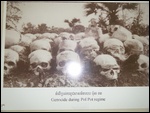
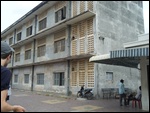
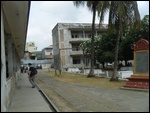
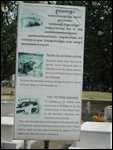




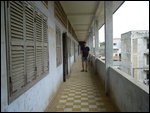
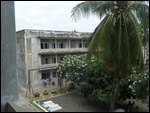
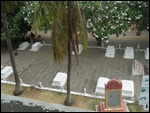
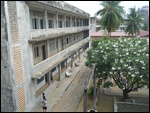
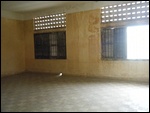
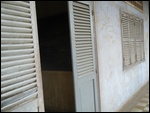
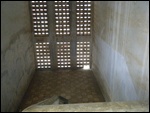
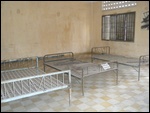
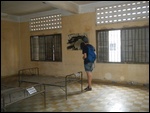
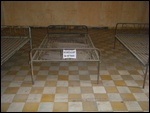
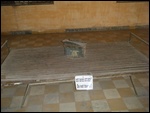
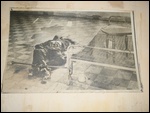
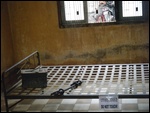
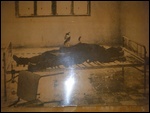
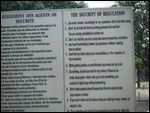

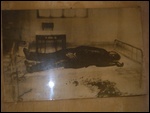
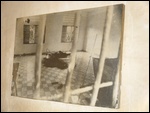
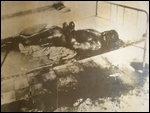
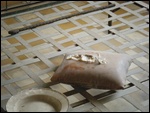
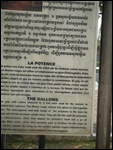
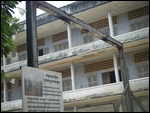
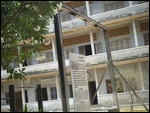
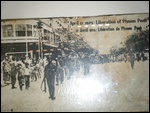
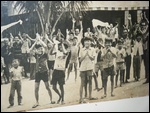
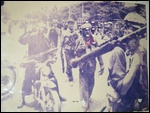
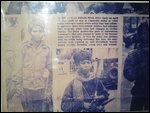
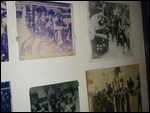

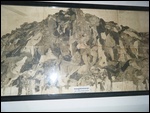
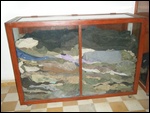
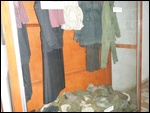
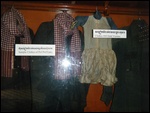

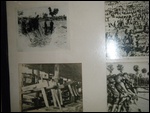
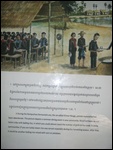
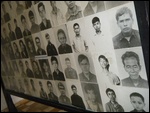
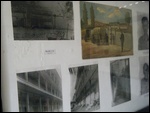
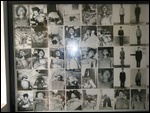
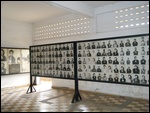
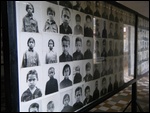
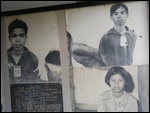
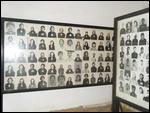
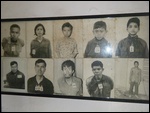
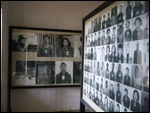
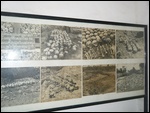
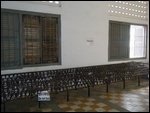


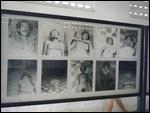
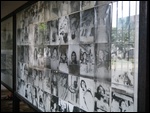
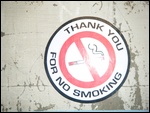
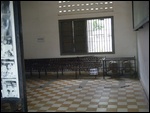
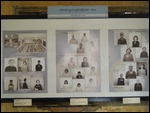
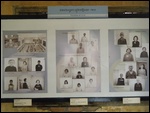
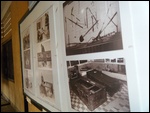
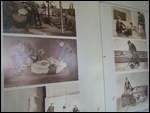
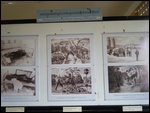
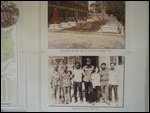
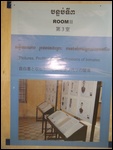
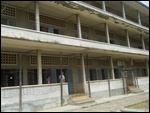
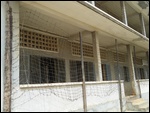
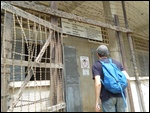
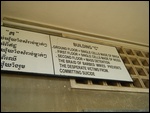
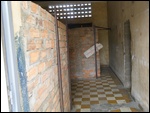
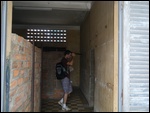
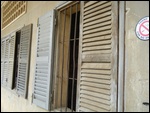
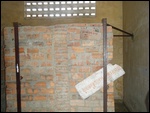
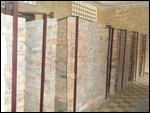
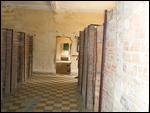
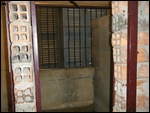
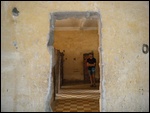
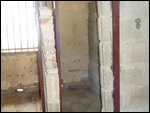
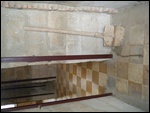
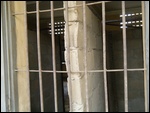
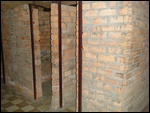
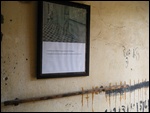
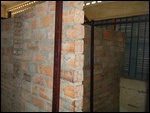
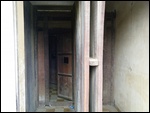
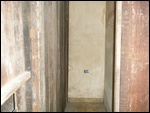

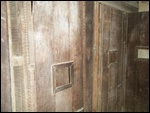
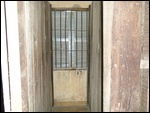
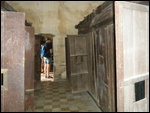
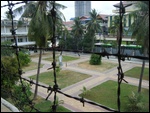
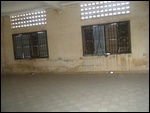
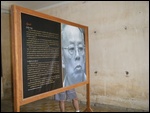
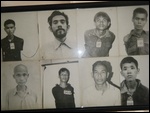
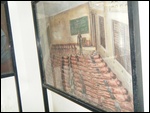
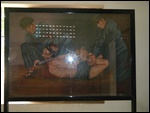
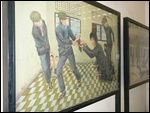
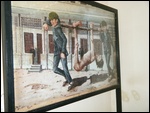
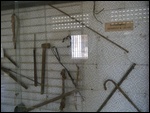
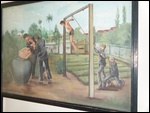
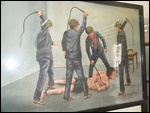

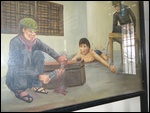
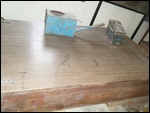
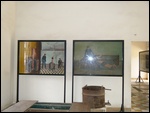
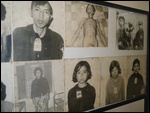

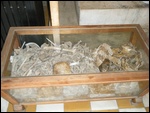
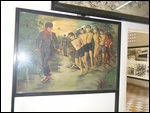

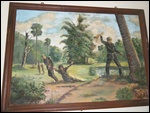
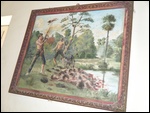
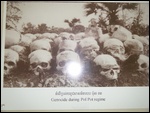
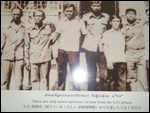
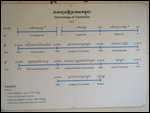
2025-05-22